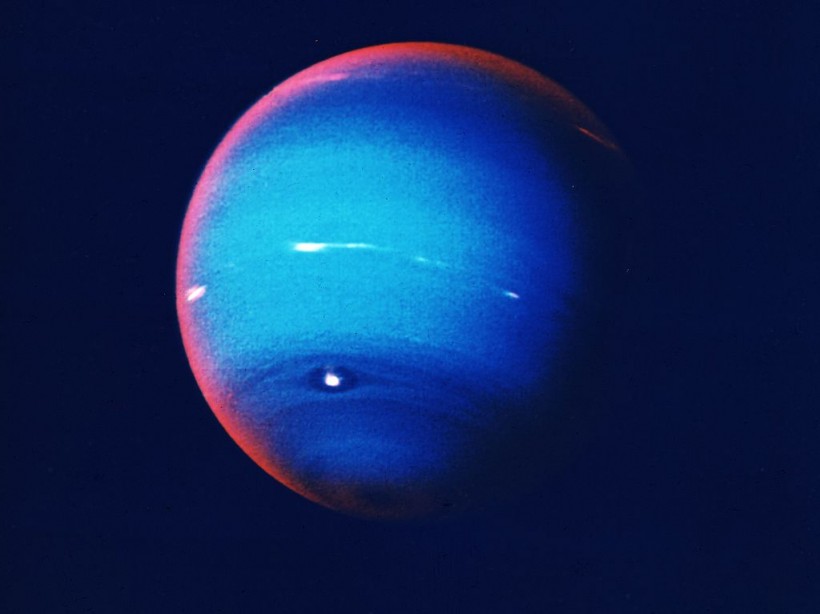In 1989, the Voyager 2 of NASA became the first spacecraft to visit and capture images of the planet Neptune and nothing has been back since then.
A Forbes report specified that despite Neptune-sized exoplanets, planets that orbit other stars appear to be, by far, the most typical. One of the planet's moons, Triton, is currently believed to be a captured dwarf planet from the Kuiper Belt. Vitally, it is a "Pluto" in orbit of this planet.
Should #NASA send a mission to explore #Neptune and #Triton? #NeptuneOdyssey #icegiants https://t.co/F0cV9yF9aY via @forbes
— Jamie Carter 🔭🌗💫 (@jamieacarter) April 10, 2022
The question, "Should NASA send a mission" for the exploration of Neptune and Triton" now arises. To find the answer, a proper examination of the so-called "ice giant" planet has been high on the space agency's wants list for a while.

Neptune is the fourth largest of the planets in our solar system. The atmosphere consists mostly of hydrogen and helium, but the presence of three percent methane lends the planet its striking blue hue.
'Neptune Odyssey Concept Mission'
The Neptune Odyssey concept mission could turn green-lit by the Decadal Survey for Planetary Science and Astrobiology, a report compiled by the National Academy of Sciences that will set out the priorities for NASA for the next decade. The said study is set for publication next week.
Planetary scientists have provided why they think that, and indeed, it is time to go back to Neptune. One reason is a top astrobiology target and may have an ocean.
The most convincing reason to visit Neptune is to examine its geologically active moon Triton closely. It is a dark and shivering place, approximately -391 degrees Fahrenheit on its surface, according to Voyager 2, but has nearly no visible craters, and thus its surface needs to be constantly renewing itself. Simply, it is geologically active.
It is potentially an ocean world with liquid water beneath its icy crust; Voyager 2 saw geysers that spew dark material roughly eight kilometers up. Something is only seen on Enceladus at Saturn sporadically at Europa at Jupiter.
Voyager 2's Captured Images
Nevertheless, Voyager 2, as detailed on the NASA website, was able to manage only to capture images of 40 percent of the surface of Triton. Therefore, just like Pluto, Triton is geologically active and maybe an ocean world, not a fellow "Kuiper Belt object." Essentially, Triton is the largest Kuiper Belt object known and the only moon in the Solar System that is in a retrograde orbit.
According to Dr. Cindy Young, a Research Physical Scientist at NASA Langley Research Center, who helped develop the concept for the atmospheric probe of Neptune Odyssey.
She added, "the way the noble gases are distributed" may provide information if the ice giants formed where they were or closer before they migrated to their present positions. Noble gases do not chemically bond to other elements, so they are Solar System formation's purest tracers.
Vast Majority of More than 5,000 Exoplanets, the Size of Neptune
Of the over 5,000 exoplanets detected elsewhere in the galaxy, the vast majority are the size of Neptune. It's unknown that they are Neptune-like, although the fact that they are the same radius as a planet in the solar system certainly bolsters the scientific case for sending a mission.
Performing complicated scientific investigations of alien planets from many light-years away will be so much easier for exoplanet hunters if they have an analog in the solar system that is quite much known about.
Recent news about Neptune is shown on Business News's YouTube video below:
RELATED ARTICLE: Could It Be Raining Diamonds in Uranus and Neptune? Scientists Use Mathematical Model to Find Out What's Happening Inside the Ice Giants
Check out more news and information on Neptune in Science Times.














